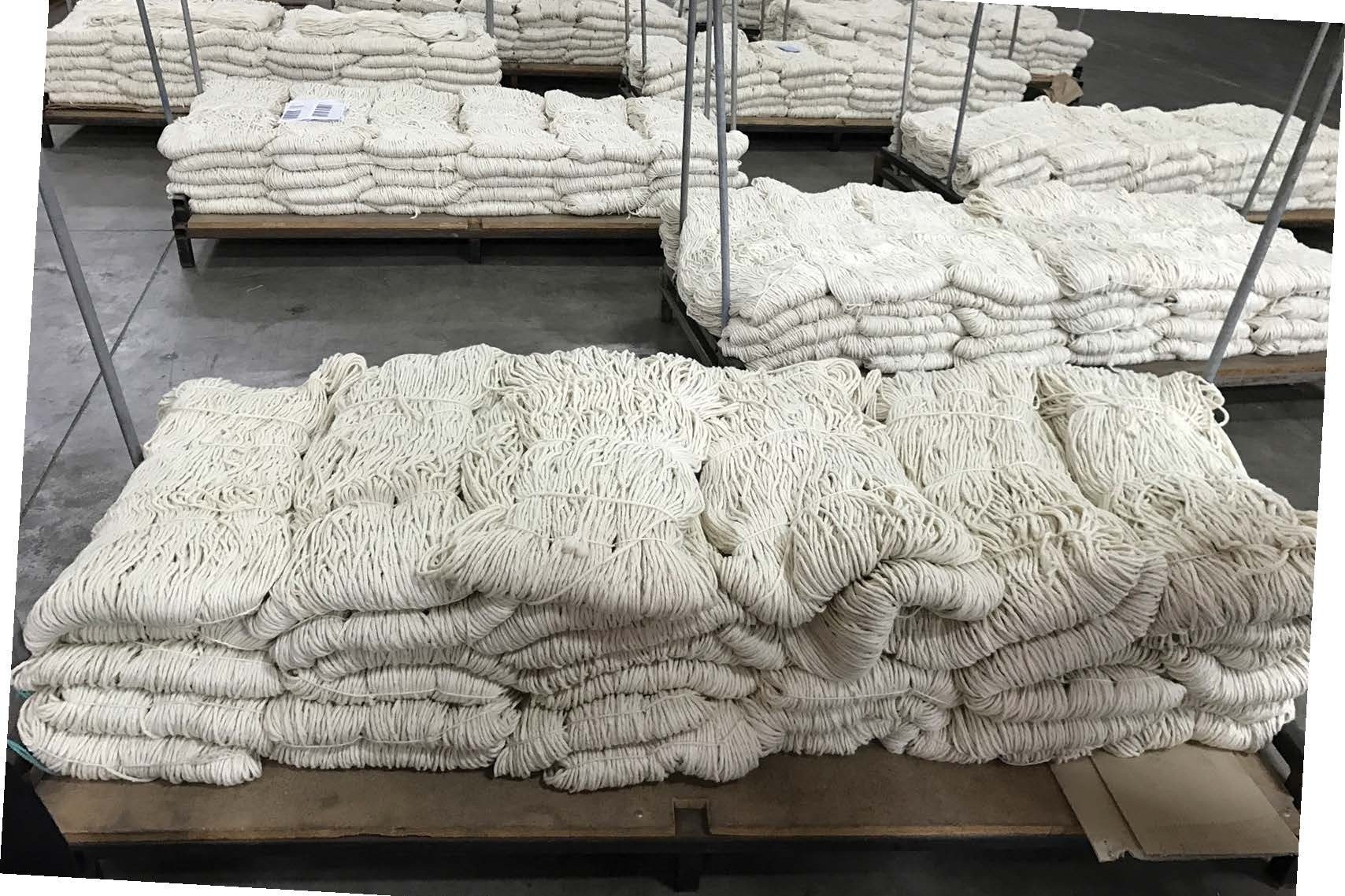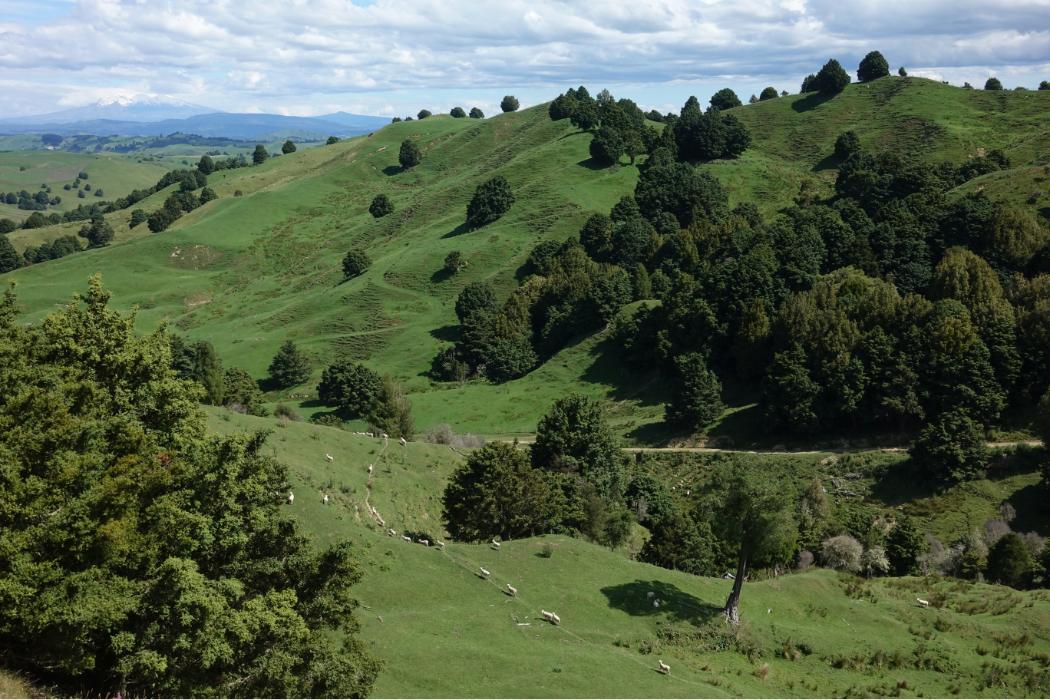Merger looks to boost strong wool
The proposed merger of CP Wool (CPW) and Wools of New Zealand (WNZ) has the industry hopeful that there might finally be a turnaround for strong wool. Penny Clark-Hall finds out what the excitement is all about.

The proposed merger of CP Wool (CPW) and Wools of New Zealand (WNZ) has the industry hopeful that there might finally be a turnaround for strong wool. Penny Clark-Hall finds out what the excitement is all about.
New Zealand’s largest market that consumes wool is soft floor coverings. It where 61% of its wool goes but that has been undercut by synthetic carpets. So much so that market share for plastic soft floor covering has gone from 10% in 1996 to 85%.
WNZ chief executive John McWhirter says the industry’s problem is the wool price, “the industry is in a chaotic position and that’s unanimous.”
McWhirter says he’d been to many meetings and asked 200-300 farmers to stand if they’re happy with the industry and no one has stood yet.
“What everybody’s saying is that it will take 10 years to fix it and when I go to the farmers: ‘who’s got 10 years to wait?’
One of them said, ‘I’ll be dead in 10 years.’
He said the industry was looking for a faster solution than some technology will take to bring on stream.
So, if NZ wants to start moving the needle fast on strong wool returns, McWhirter says it has to be done with carpet. The merger is proposing a commercial business model owned 100% by farmers.
“…right now, the soft floor market is the single biggest opportunity that we have to move volume of strong wool fast.”
He says worldwide, carpets consume over 50% of the total strong wool.
“So, if you enter the market with a known product, that is more than 50%, and you can change the demand curve for wool within that category, you can get change happening really fast.”
By merging CPW and WNZ they are gaining scale (33% of NZ’s total wool clip) and shortening the supply chain, generating a bigger margin and return for the farmer.
McWhirter says CPW is owned by farmers so it has the ability to procure or source wool from its farmers and send it straight to a large European manufacturer, who has the scale to produce carpet at significantly lower costs (competing in the northern and European markets).
“That means we can bring some back to NZ and compete here with a lower cost product, not a cheaper product.”
Lack of WNZ shareholder support
CP Wool’s Chairman Richard Young says the beauty about manufacturing in Turkey is that the carpet is closer to those offshore markets such as Europe and North America.
“That’s where the big game is but let’s make sure it’s going to work locally first, and then take it wider. That’s when we will really see the dial change.”
Wools of New Zealand was set up precisely to address the demand in the market by establishing a strong brand presence, here and overseas, for strong wool. Unfortunately, they haven’t been able to achieve that on their own due to a lack of support (supply) from their farmer shareholders. Hence the merger.
“I think we’d have to apologise and say that that wasn’t achieved,” McWhirter says. “So, what we’ve done in the last 18 months, is decide that we have to do it a different way, because we know the definition of keeping on doing the same thing that didn’t work.”
That’s why they’ve moved into consumer marketing by launching carpet themselves, under the Wools NZ brand, into the NZ market.
“We’ve got ourselves close to the consumer with a product offering that you can attach a brand and a marketing story to so that you can actually propagate the benefits and the reasons why people should be putting wool carpet down, not plastic. We’re able to present to consumers a product at a price they can afford and that can compete with plastic so consumers can choose wool, whereas historically it has been too expensive.”
Young describes WNZ as the Toyota Corolla of the industry and CPW as the V8 engine, complementing each other and filling the gaps where WNZ was lacking the supply and CPW lacking the brand and market access.
“I think you’ve got two really good businesses in CP Wool and WNZ, but together they’ll be even stronger.
He says they’re two complimentary businesses coming together with two completely different skill sets.
So why hasn’t it happened before now? This merger has been four years in the making but many farmers say it should have happened a long time ago.
Like minded, no egos
“I don’t want to dwell on the past,” Young says. “I think the opportunity was there to do it now with some like-minded people in the room. There were no egos and I think you’ve got to remember from a Primary Wool Cooperative (PWC) point of view that we also had Carrfields to exit and you’ve got to take your hat off to Craig Carr and his board that they saw the bigger picture about industry reform. It wasn’t necessarily about what’s right for individuals. It’s what’s right for the industry.”
Carrfields having released its 50% shareholding of CP Wool to PWC has taken ownership of NZ Natural Fibres alongside NZ Hemp and some smaller investors, which manufactures high quality wool yarn for carpets and also plant fibers with hemp and flax being a significant part of the floor covering market.
CP Wool rep Richard Hurring, who was a part of the last attempt to form a cooperative in 2011, is supportive of the merger.
“With too many entities you get price gouging. Every product that comes out of New Zealand should have the (WNZ) fern on it. We have such a massively fragmented selling system.”
He likens the merger to a Zespri or Fonterra co-operative model for wool.
“If we’re climbing Everest, base camp is wool carpets. It’s a good base to set up finances to climb the rest of the mountain. If we can get people to rediscover natural soft flooring, our cup will runneth over.”
The carpet strategy seems to be working in competitive pricing already, with plastic carpet and WNZ carpet on special at the same price. McWhirter is predicting a two-year turn around.
There is also ambition to grow the procurement and logistics side of the business with Young saying scale allows change.
“Every extra bale we can get going through the logistics side of the business will give us the profitability to then drive the carpet side of the business.”
He says the pricing will be standardised for suppliers per kilogram of wool.
While McWhirter and Young believe the industry needs to stand on its own two feet, the plastic carpet lining Parliament’s hallowed halls reinforces to them that the industry is on its own.
Young says it would be good if the Government supported a natural sustainable fibre but the focus should not be on small gains.
“There’s no point beating a dead horse forever.
“Let’s go and win where we can win.”




